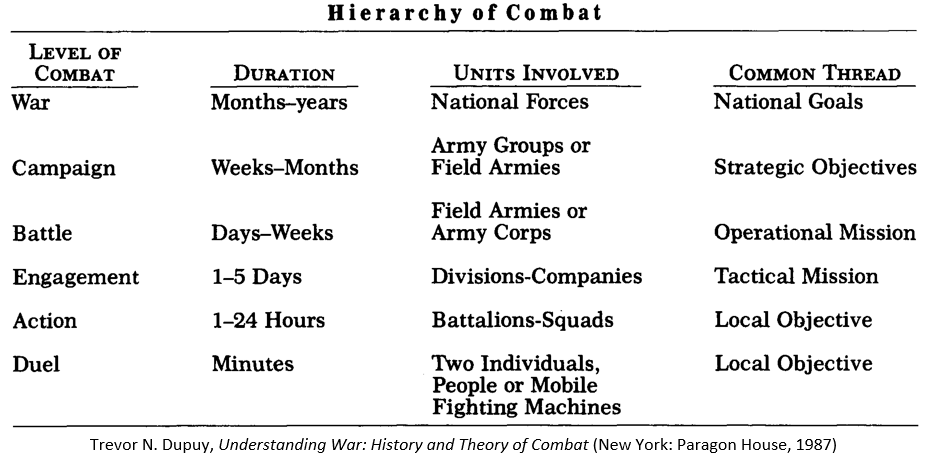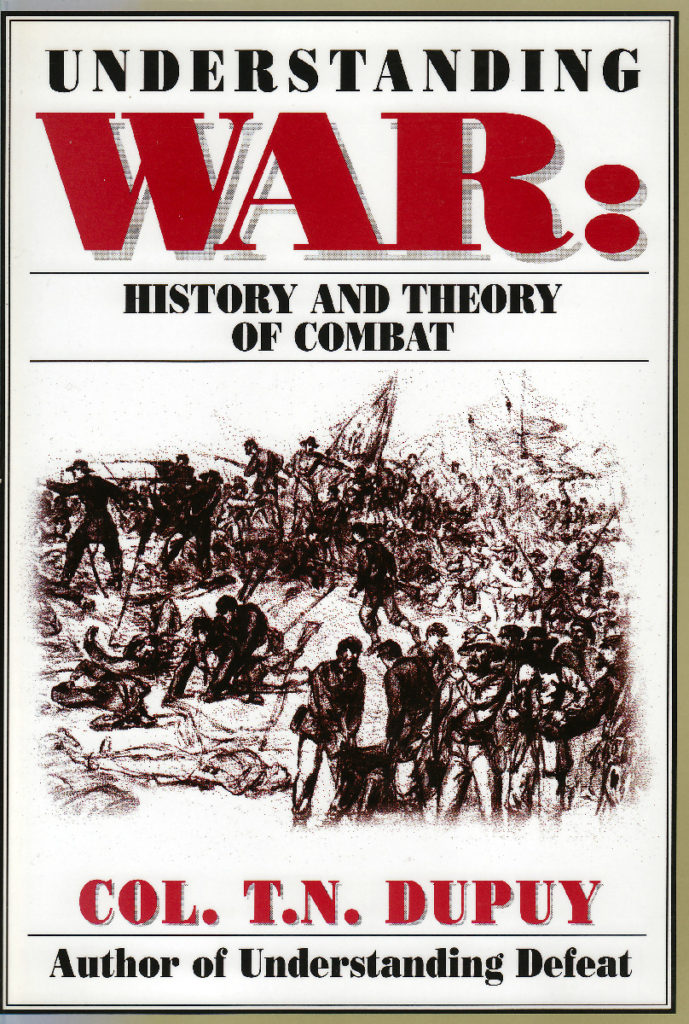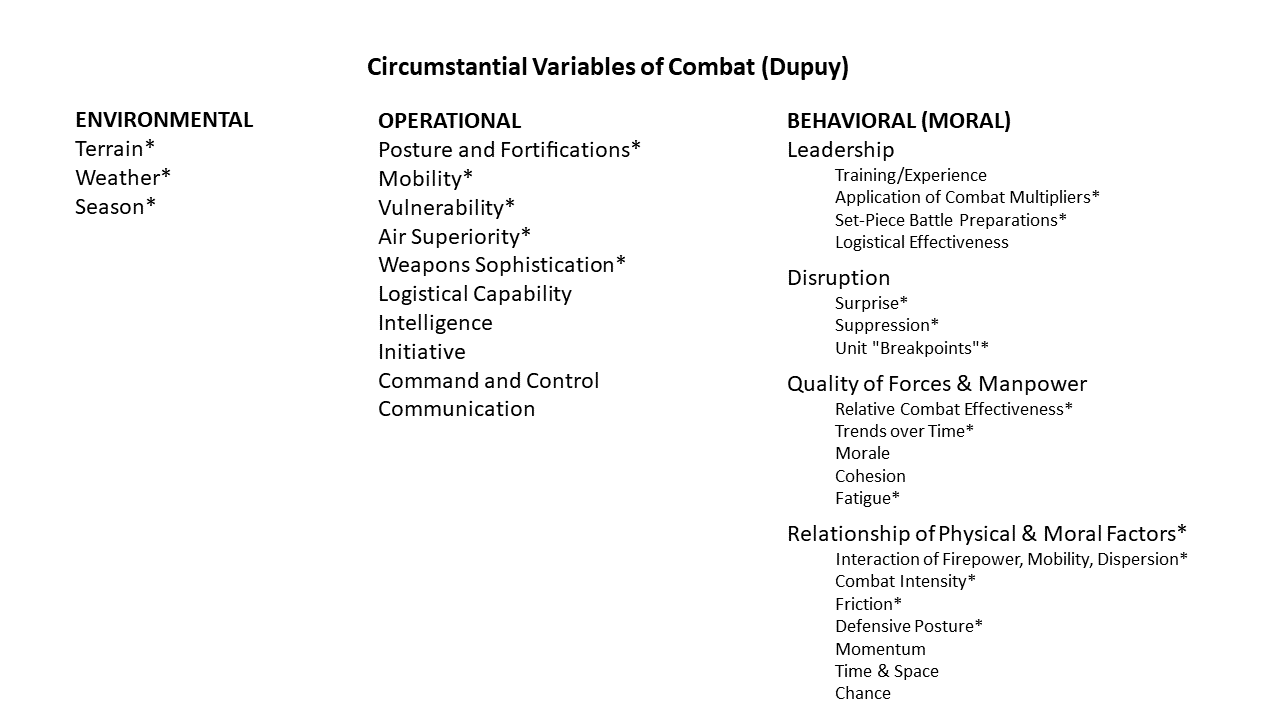
Ever since publication of the U.S. National Defense Strategy by then-Secretary of Defense James Mattis’s Defense Department in early 2018 made the term “lethality” a foundational principle, there has been an open-ended discussion as to what the term actually means.
In his recent memoir, co-written with Bing West, Call Sign Chaos: Learning to Lead (Random House, 2019), Mattis offered his own definition of lethality. Sort of.
At the beginning of Chapter 17 (pages 235-236), he wrote (emphasis added):
LETHALITY AS THE METRIC
History presents many examples of militaries that forgot that their purpose was to fight and win. So long as we live in an imperfect world, one containing enemies of democracy, we will need a military strictly committed to combat-effectiveness. Our liberal democracy must be protected by a bodyguard of lethal warriors, organized, trained, and equipped to dominate in battle. …
The need for lethality must be the measuring stick against which we evaluate the efficacy of our military. By aligning the entire military enterprise—recruiting, training, educating, equipping, and promoting—to the goal of compounding lethality, we best deter adversaries, or if conflict occurs, win at lowest cost to our troops’ lives. …
While not defining lethality explicitly, it would appear that Mattis equates it with “combat-effectiveness,” which he also does not explicitly define, but seems to mean as the ability “to dominate in battle.” It would seem that Mattis understands lethality not as the destructive quality of a weapon or weapon system, but as the performance of troops in combat.
More than once he also refers to lethality as a metric, which suggests that it can be quantified and measured, perhaps in terms of organization, training, and equipment. It is likely Mattis would object to that interpretation, however, given his hostility to Effects Based Operations (EBO), as implemented by U.S. Joint Forces Command, before he banned the concept from joint doctrine in 2008, as he related on pages 179-181 in Call Sign Chaos.










